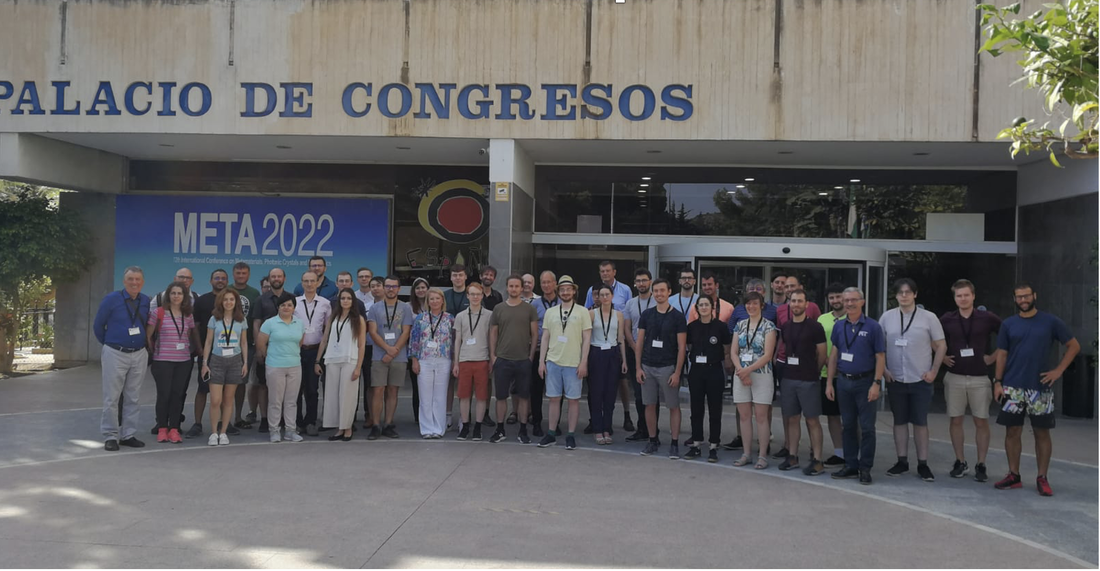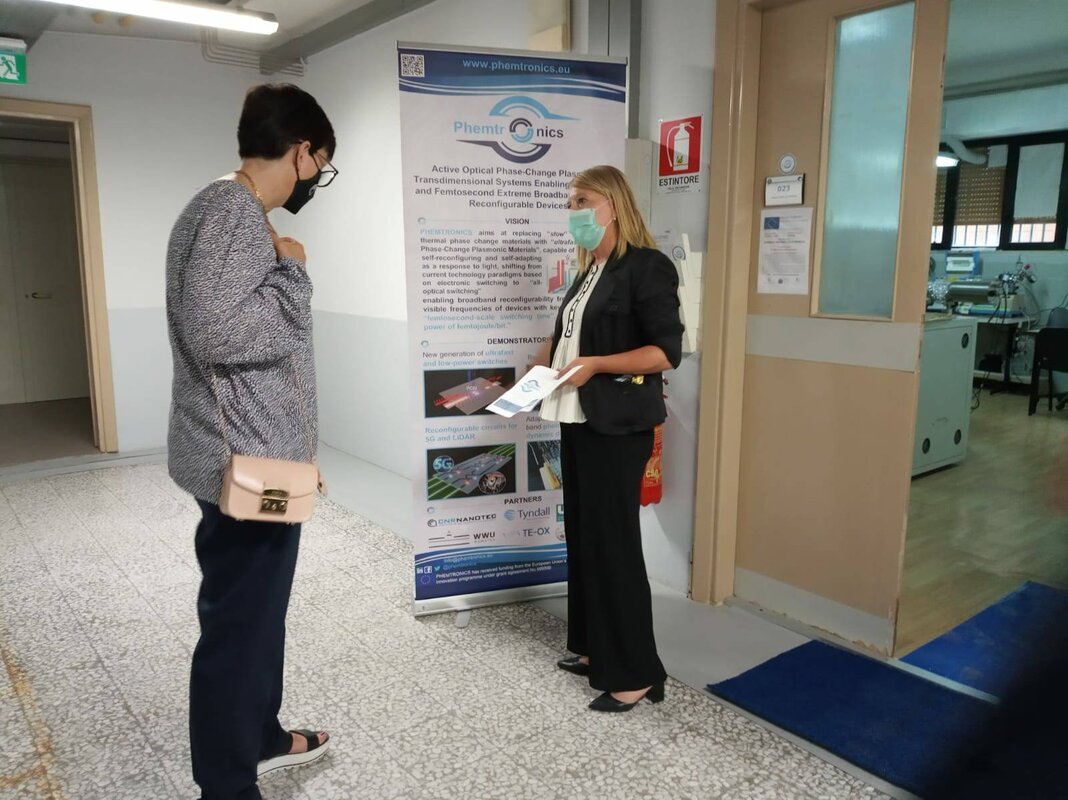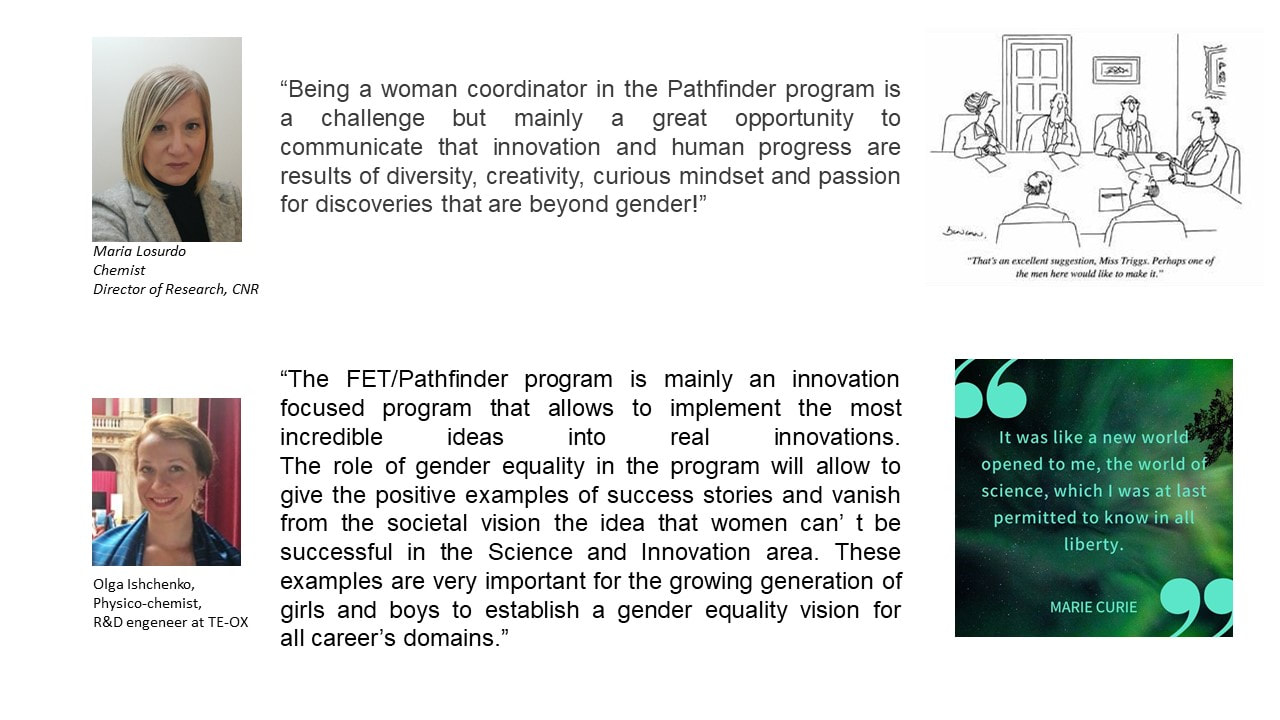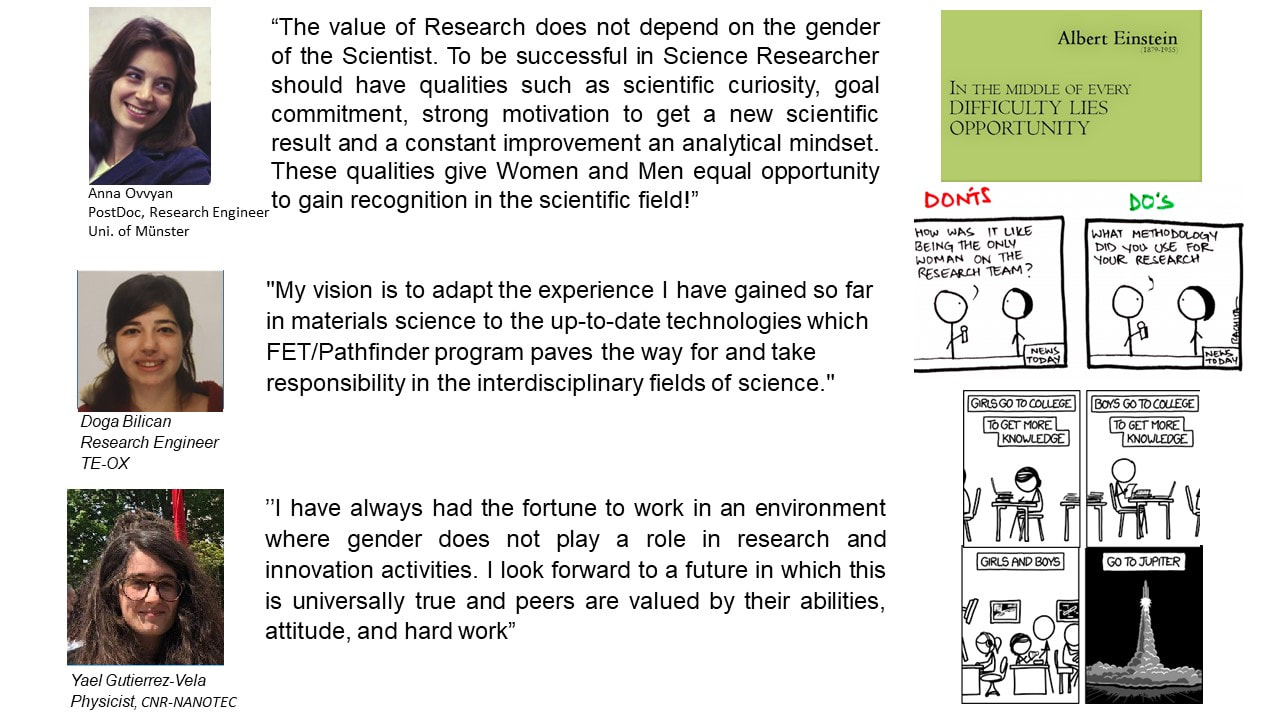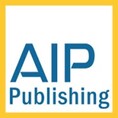|
Organizers: Maria Losurdo, Yael Gutiérrez (CNR-NANOTEC, Italy), Kurt Hingerl, Christoph Cobet (Johannes Kepler Universität Linz, Austria), Mircea Modreanu (University College Cork, Ireland) & Fernando Moreno (Universidad de Cantabria, Spain) At present, the transition from electronic to optical circuits is one of the technological challenges where material physicists and optical engineers focus their current research. The goal, to get faster and low consumption systems for applications ranging from health to digital communications. As an example, digital photonic logic circuits are key elements in the next generation of optical computers and memory devices, therefore, the development of efficient integrated switchers for building optical gates is basic. Phase Change Materials (PCM) have shown to be the key for developing this new technology. The peculiarity of these materials is that their optical properties can be controlled by an external stimulus, optical, electrical, thermal, etc. This attractive behavior, shown by a handful of chalcogenide alloys, exemplified by the Ge–Sb–Te (GST) family, has been exploited in a wide range of photonic devices including optical switches but recent research has shown that new alternative material compounds, also chalcogenide based, are able to open new possibilities for applications with more efficient photonic digital circuits. The objective of this special session intends to show the recent advances obtained with novel alternative PCM, its development and characterization in 2D and 3D configurations, and their attractive possibilities for building efficient optical devices for computation and communications. All this research is supported and framed by a recent project called PHEMTRONICS funded by the European Commission in its FET-OPEN-H2020 call.
The Participants and the Lecturers congratulated with the PHEMTRONICS consortium for gathering together in these few days the scientists worldwide involved in reconfigurable materials and metasurfaces
In the Green&Digital transition, PHEMTRONICS is a project to build on the development of Europe but especially of Puglia in South of Italy
This special topic will provide a timely forum for highlighting emerging classes of materials that support plasmon excitation, sharing recent advances in theory, modelling, spectroscopic approaches, and fabrication methods that are advancing fundamental understanding of plasmon excitation, and showcasing new applications enabled by plasmonics. In addition to original research articles, invited tutorials and perspectives will provide hints for new physical insights and applications for future research.
This Special Issue is intended to gather among others, recent research results on resonant phenomena in nanostructures made of metals and/or dielectrics for applications in nano-optics, with a special emphasis on plasmonics with transdimensional materials whose phase can be controlled in a wide spectral range with low losses and fast response. The main goal is building multifunctional and reconfigurable optical devices (multiservice antennas, all-optical switches, etc.).
The 26th June marked the successful kick-off meeting of the European Commission H2020 FETOPEN project PHEMTRONICS, coordinated by the Institute of Nanotechnology of the Italian National Council of Research that engages 8 partners from University of Muenster (Germany), Tyndall National Institute in Cork (Ireland), University of Linz (Austria), University of Cantabria (Spain), NANOM (Romania), TEOX (France) and VLCPhotonics (Spain).
|


